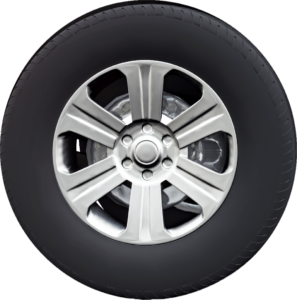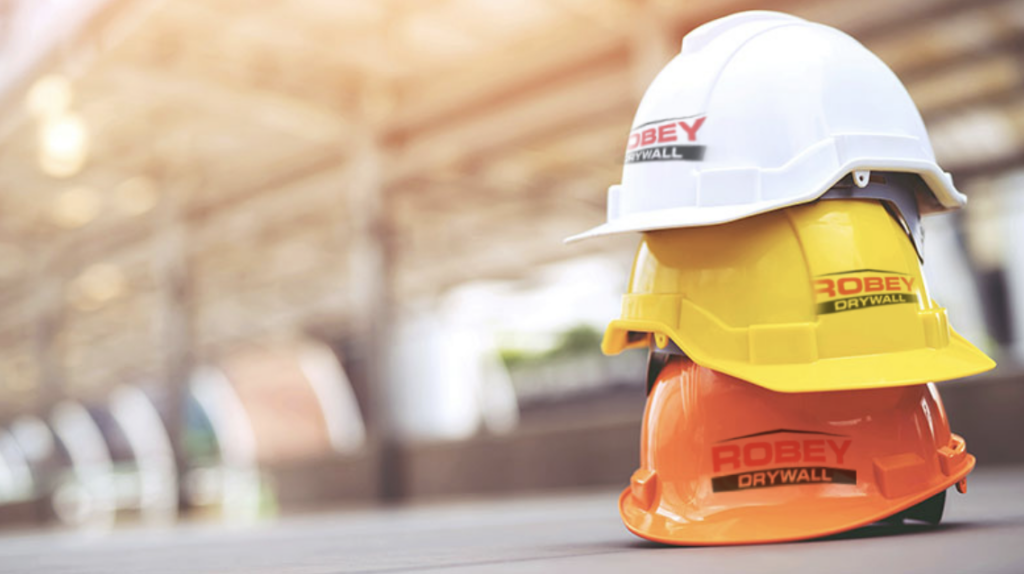
Did you know that head injuries in construction are one of the leading causes of workplace accidents? As a proactive leader in the industry, how do you ensure your team’s safety aligns with the latest standards? At Robey Inc., we understand that a small gear change can make a big difference. The recent shift by OSHA from traditional hard hats to advanced safety helmets is more than just a policy update; it’s a wake-up call to the industry. In this blog, we’ll explore what this means for you, your team, and the future of construction safety. Dive in to understand why staying ahead of safety standards is not just compliance, but a commitment to every worker’s wellbeing.
Old vs. New Hard Hats
Traditional hard hats, long a staple in construction sites managed by Robey Inc., have offered basic protection against overhead impacts. The new safety helmets adopted by OSHA, however, are a leap forward, with features like chin straps for stability, enhanced side-impact resistance, and improved ventilation. For a company like us, understanding these advancements is key to maintaining a leading edge in workplace safety.
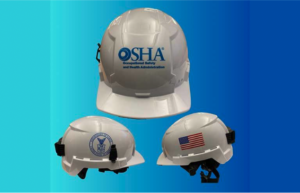
Our Perspective on OSHA’s Switch
In short, we’re fully on board with this change. It not only demonstrates a commitment to evolving safety standards but also underscores an evolving understanding of safety needs, particularly in high-risk environments where we operate daily. It’s a clear signal to the entire industry, inviting companies to evaluate their existing safety protocols and consider potential advancements. As leaders in the field, we embrace this change with open arms, recognizing that it’s not just a compliance requirement but a pivotal moment to elevate the safety bar and ensure that every worker returns home safe and sound.
Future Rule Changes and Industry Impact
While OSHA’s change doesn’t directly translate to an immediate rule modification for the industry, it’s a precursor that companies like Robey Inc. must be aware of. It hints at a possible future where enhanced features in head protection could become the norm. For us, staying ahead means being prepared for potential changes in regulations, ensuring that all personnel are equipped not just to comply, but to set safety benchmarks.
Adhering to ANSI Standards and PPE Fit Requirements
Robey Inc. has always aligned its safety practices with both OSHA regulations and American National Standards Institute (ANSI) standards. These standards play a critical role in defining safety gear requirements. With OSHA’s ongoing revisions in construction standards, particularly regarding PPE fit, Robey Inc. is proactive in adapting safety protocols accordingly.
Staying Informed & Prepared with the Latest OSHA Updates
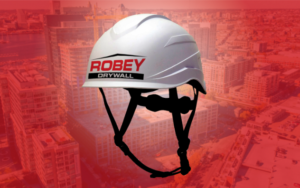
Our operational ethos revolves around staying informed about regulatory updates and adapting to new safety standards. This commitment was underscored on Nov. 22, 2023, when OSHA published a Safety and Health Information Bulletin. This bulletin detailed the key differences between traditional hard hats and the more modern safety helmets, highlighting advancements in design, materials, and features that offer comprehensive head protection. For us, it’s not just about avoiding OSHA violations; it’s about proactively ‘preparing for potential changes’ and ensuring our workforce is equipped with the best possible protection. By keeping abreast of these developments, we are not only complying with current regulations but are also ready to adapt to future advancements in safety technology.
Conclusion
The transition to new safety helmets by OSHA is a development that we’re closely monitoring. As an industry leader, we’re committed to evolving our safety practices in line with these changes, ensuring that our workforce is not just compliant, but also enjoying the highest standards of protection. This commitment is part of what makes us a trusted name in the construction industry.
Join the Conversation:
As we navigate these changes, we value your input and experiences. Have thoughts or questions about OSHA’s new safety helmet policies? We encourage you to join the discussion on our LinkedIn Page. Share your views, experiences, and questions with fellow industry leaders and let’s collaboratively shape a safer future in construction.
Your insights are vital to us as we continue to lead and innovate in workplace safety.
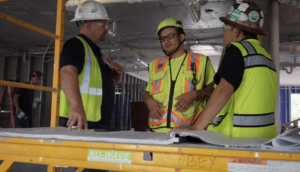
FAQs on OSHA’s Shift to Safety Helmets
What Sets Modern Safety Helmets Apart from Traditional Hard Hats?
While traditional hard hats, typically made from rigid materials like high-density polyethylene, offer essential top-of-the-head protection, modern safety helmets are a step ahead. Crafted from lightweight composite materials, they not only cover the top but also provide full head protection, including side impacts. This advancement not only enhances overall safety but also improves wearability, minimizing neck strain.
The Rationale Behind OSHA’s Adoption of Safety Helmets:
OSHA’s move towards safety helmets stems from an increasing awareness of the need for superior head protection in various workplaces. These helmets, equipped with features like face shields and integrated communication systems, extend beyond the basic protection offered by traditional hard hats. They are designed to address a broader spectrum of occupational hazards, demonstrating a commitment to evolving safety standards.
How Do Safety Helmets Enhance Protection Over Traditional Hard Hats?
Safety helmets are engineered with a focus on comprehensive protection. Their advanced design and material composition ensure a broader range of coverage, notably including side impact protection. This holistic approach to head safety is a significant upgrade over traditional hard hats.
Industries Impacted by OSHA’s 2023 Hard Hat Policy Update:
The industries finding themselves at the forefront of this update include construction, oil and gas exploration, electrical work, and any sectors that involve exposure to high temperatures or work at heights. These fields, often characterized by higher risk factors, stand to benefit substantially from the enhanced features of safety helmets.
Are There Scenarios Where Traditional Hard Hats Remain Appropriate?
Traditional hard hats haven’t been rendered obsolete. In environments where the risk is comparatively lower, or where the specific dangers don’t necessitate the advanced capabilities of safety helmets, traditional hard hats can still be a suitable choice. However, for higher-risk environments or where specific regulations apply, opting for safety helmets is advisable to ensure optimal protection.
*The material provided in this article is for general information purposes only. It is not intended to replace professional/legal advice or substitute government regulations, industry standards, or other requirements specific to any business/activity. While we make sure to provide accurate and reliable information, we make no representation that the details or sources are up-to-date, complete or remain available. Readers should consult with an industrial safety expert, qualified professional, or attorney for any specific concerns and questions.


